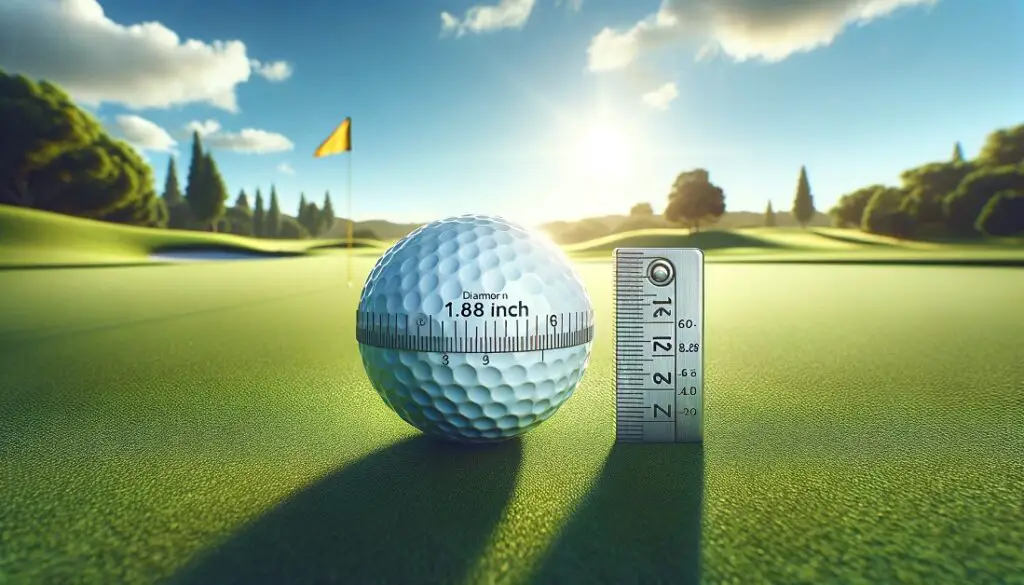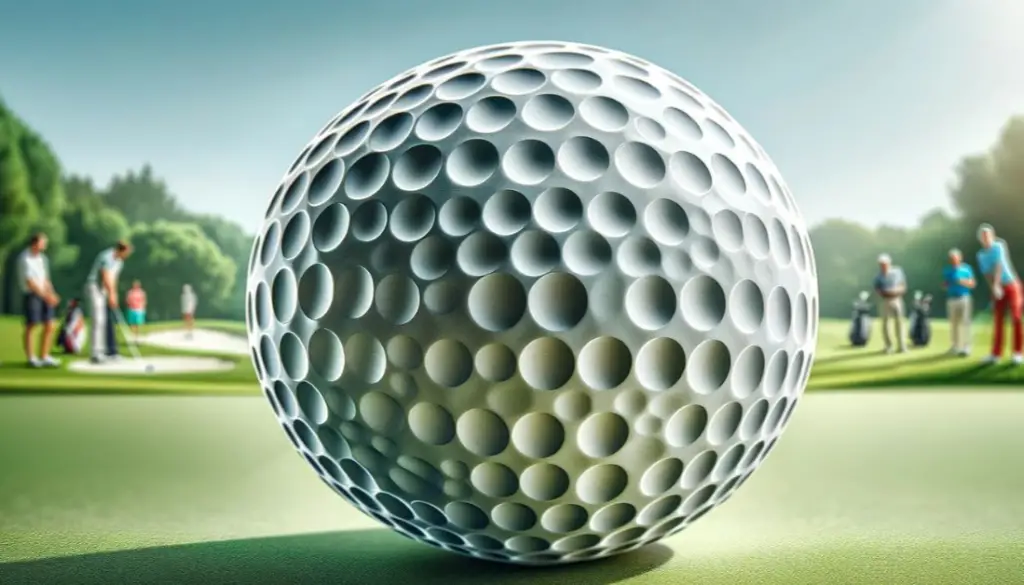When you’re hitting a golf ball, getting it to go straight might feel like trying to align a million different elements. The hand path in golf swing plays a critical role in this process, and many recreational golfers struggle to master it. In my experience, if you focus on keeping your hands on the right path, the swing will become more natural and controlled. It’s a mechanically simple but powerful concept that can transform your game once you understand it.
Many golfers rush to get their clubhead square with the ball, but the trick is letting the club naturally fall into place at the bottom of the swing. This is where the clubhead flings out and squares up, creating that smooth release. By trusting this pattern and maintaining proper hand movement throughout the full swing, you’ll be surprised how well everything starts to sync up.
Table of Contents
ToggleKey Takeaways
- One key element of creating speed in your golf swing is the length of the hand path. The longer your hands move along the correct path, the more momentum and force you can generate.
- By focusing on the handle and ensuring it’s moving efficiently, you can produce greater tangential force, which leads to faster clubhead speed. Additionally, the angular force you apply helps to fling the clubhead at the ball, accelerating the swing at the right moment.
- Maintaining your width throughout the swing, especially at the start of the downswing, is crucial. This width, combined with proper mechanics, helps maximize the swing’s power and control.
- I’ve seen how understanding concepts like side-on mechanics and applying them in practice can make a big difference. Future posts and courses offer a more in-depth discussion on refining your swing by maximizing this path and force generation.
Factors Affecting Hand Path In Golf Swing
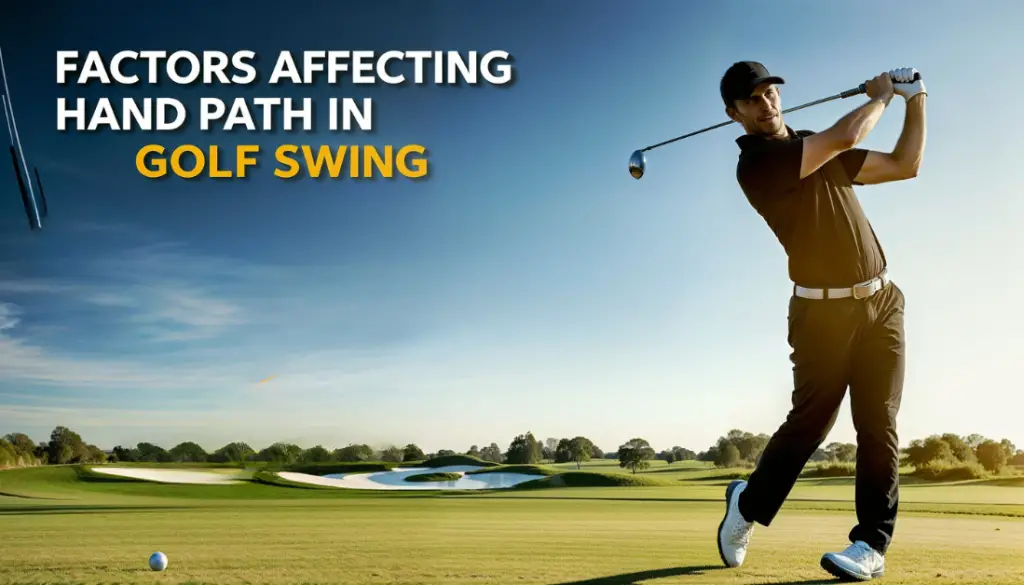
Your golf swing’s hand path has a significant impact on how your shot turns out. It describes how your hands move and where they land during the swing, which affects the clubhead’s trajectory and ball contact. When mastering this hand path, several aspects come into play, and being aware of each one can help you become more accurate and consistent.
Grip Type
Your hand path is directly impacted by how you hold the club. For right-handed golfers, a strong grip that rotates your hands further to the right tends to encourage a more in-to-out swing path. If exaggerated this could result in a hook or perhaps a draw. However, an out-to-in swing path, which can result in fades or slices, is frequently caused by a weak grip, where your hands twist more to the left. It’s crucial to find a grip that works for your natural swing since it lays the groundwork for the ideal hand path.
Position
Your hand route is also greatly influenced by your posture. Your hands can follow the right path when you swing when you have a balanced stance. Standing too straight or bending over too much can force the hands to stray from their natural trajectory, resulting in uneven blows. You can efficiently guide the clubhead during the swing by maintaining a stable and athletic stance, which gives your hands sufficient room to move organically.
The Swing Plane
The hand path is greatly influenced by the swing plane, which is the angle at which the club moves during the swing. A broader hand path is typically the result of a flat swing plane, whereas a more vertical action is produced by a higher plane. Your hands can move more effectively and assist avoid unpredictable ball flight if you keep the swing plane in the proper position. For a balanced and controlled swing, golfers should try to align their hand path with their body’s natural rotation.
Tempo
The hand path is also affected by the tempo of your swing. A rapid tempo might throw off your hands’ natural movement and cause them to travel in the wrong direction. A slower, more deliberate tempo, on the other hand, guarantees that your hands remain on the desired path during the whole swing. Learning the proper tempo aids in producing steady power and accuracy in addition to preserving control.
Club Loft
Your hand route might also be slightly influenced by the club loft. Because of the shorter shaft and higher angle of attack of higher-lofted clubs, such as wedges, your hand path is likely to be more upright. Because of their longer shafts, lower lofted clubs—like drivers encourage a flatter, more sweeping hand path. You may maximize your performance with each club in your bag by modifying your swing in line with how different clubs impact your hand path.
How To Correct Your Hand Path
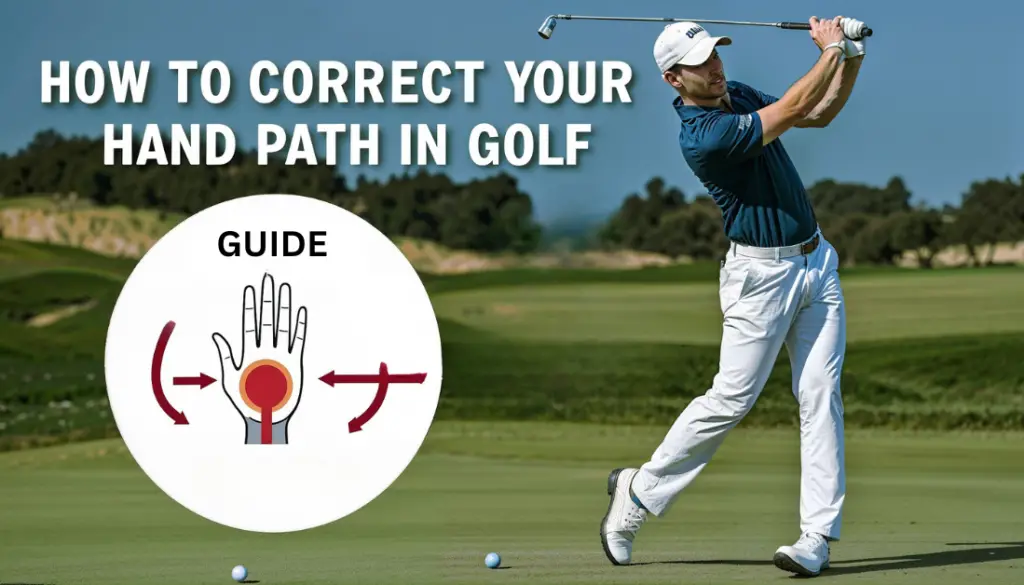
To correct your hand path, start by aligning your hands with your trail shoulder and gently connect your trail upper arm to your side. This simple adjustment moves your hands down while you straighten your arms on the trail side. As you turn, your hands naturally come out and around, just like the pros do when they drop their arms without losing control of the club’s position.
Avoid making a throwing motion or intentionally pushing your hands forward, as this causes issues. Instead, let your body turn and bring your hands forward. At impact, you should feel like you’re still on your trail side, as you prepare to strike the ball. Remember, your hands move slightly left and up at impact, while the club follows its distinct path, ensuring a smooth club release.
In golf swing instruction, a proper hand path during the backswing helps the player find the ideal slot, allowing for a shallow angle of attack and improved consistency
The Inward and Downward Path
During the downswing, the optimum hand path moves inward and downward. Your hands should move toward your body as you start the downswing so the club can travel a shallower path. The club is kept from becoming excessively steep or going beyond the target line by this inward action. A more effective swing path is also produced by keeping your hands closer to your body as you fall, which enhances control over the club head and increases the likelihood of making firm contact with the ball.
The Wrist's Function
Controlling the hand path and the swing’s overall dynamics is mostly dependent on your wrists. The wrists should stay bending at the beginning of the downswing to hold lag, which increases speed as the hands go closer to the ball. “Casting,” or early unhinging the wrists, can result in uneven strikes and a loss of force. When the wrists are released at the right moment, the club head will square up with the ball at contact, increasing accuracy and distance.
Connection Between the Clubface and the Hands
Directional control depends on the interaction between the hands and the clubface. The alignment of the clubface at impact is strongly impacted by the position of your hands as they travel through the swing. Your hands and body rotation must coordinate for the ball to fly consistently, keeping the clubface square to the target. A slice could result from your hands being overly passive and the clubface staying open. On the other hand, excessively active hands may close the clubface too quickly, leading to a hook. To master the hand path and manage your shots, you must strike this equilibrium.
Drills And Exercises To Improve Hand Path
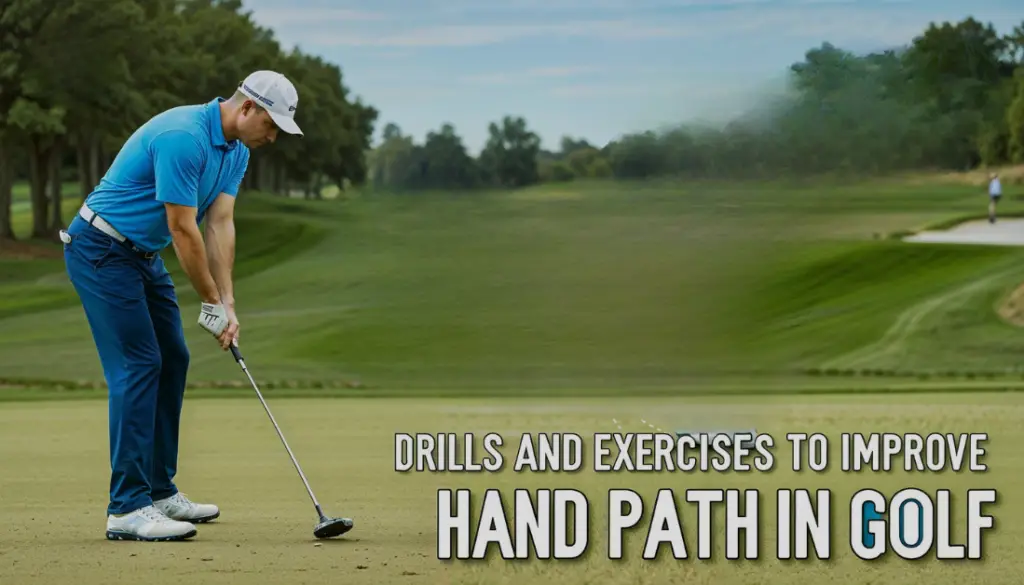
The golf swing’s hand path can be improved with practice and deliberate effort. You can improve your understanding of the proper motions and develop muscle memory to carry out a reliable and efficient hand path by doing certain drills. You will improve your control, swing fluidity, and ball contact if you include these workouts in your practice routine.
Mirror Exercise
One great tool for visualizing and adjusting your hand path is the mirror drill. Observe how your hands move as you gently go through your swing motion while standing in front of a mirror in the golf position. Keep your hands on the right track by making sure they follow the desired downward and inward motion and remain near your body during the downswing. With this drill, you can make modifications in real-time and have a better understanding of where your hands should be at different moments in the swing.
One Handed Exercises
You can isolate your hand movement and get a sense of the proper hand route by practicing one-handed workouts. Swing just with your trial hand at first to help you concentrate on the right release and downward motion. After that, practice controlling the clubface with your lead hand. By strengthening your coordination and teaching you how each hand contributes to the entire hand path, these activities help you swing more smoothly and balanced.
Experience Drills
The purpose of feel drills is to help you better understand how the proper hand route should feel. Placing a towel behind your lead arm while swinging is a popular feel drill. To create a more linked swing and to keep your hands close to your body, concentrate on holding the towel in place while you swing. To assist you in visually tracking and feeling the correct motion, you can also set alignment sticks or cones along the line you want to swing. You will be able to recreate the proper actions on the course thanks to these workouts.
Course.
Conclusion
In conclusion, developing your hand path control is essential to raising your level of control, power, and consistency in your golf swing. You can learn how your hands should move during the swing by doing drills like the mirror drill, one-handed drills, and feel drills. Better ball contact and more precise shots will result from these workouts, which assist develop the muscle memory required to keep your hands on the proper path. You’ll notice that your swings get smoother and your confidence in your game increases with time and practice.


